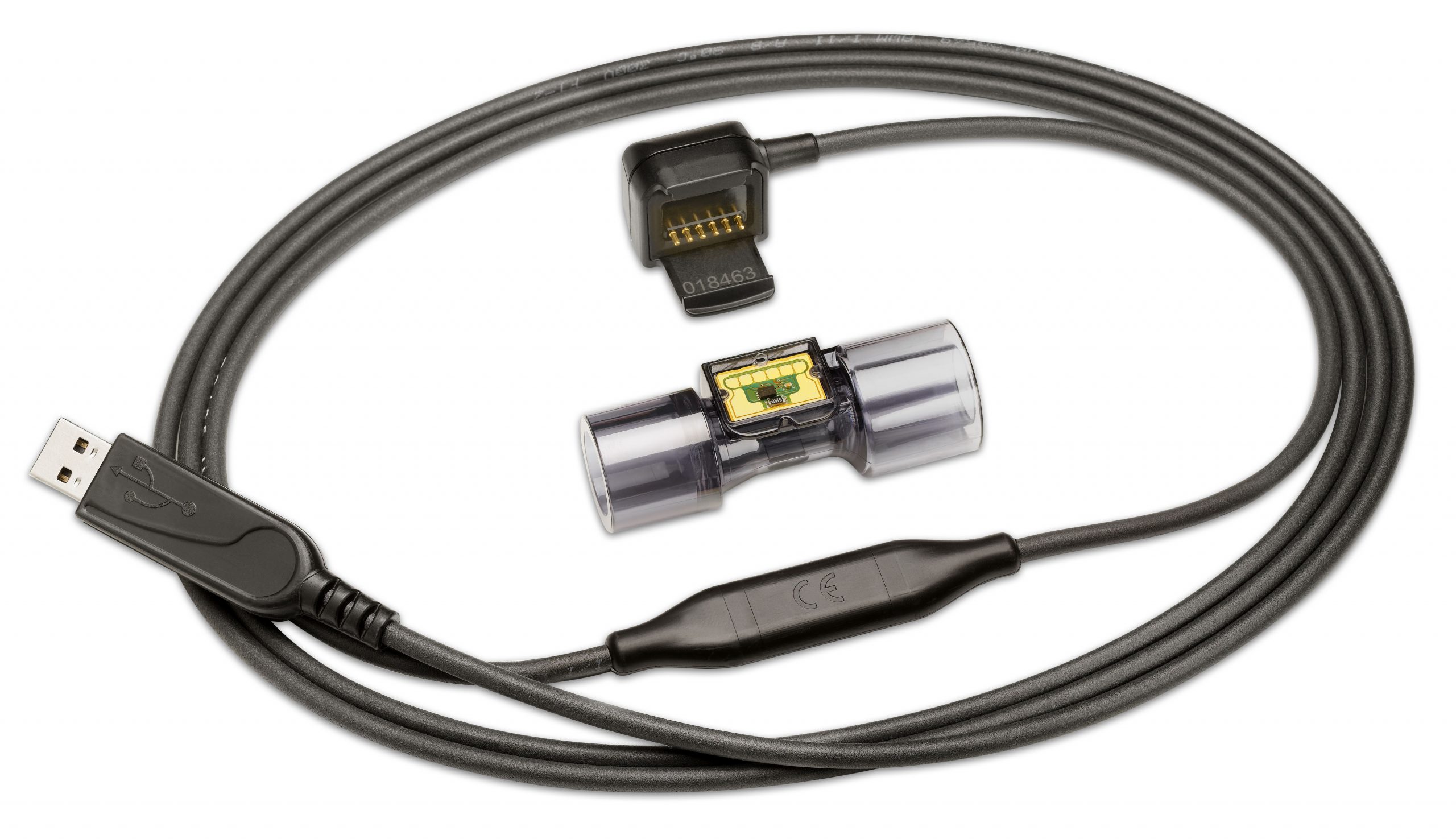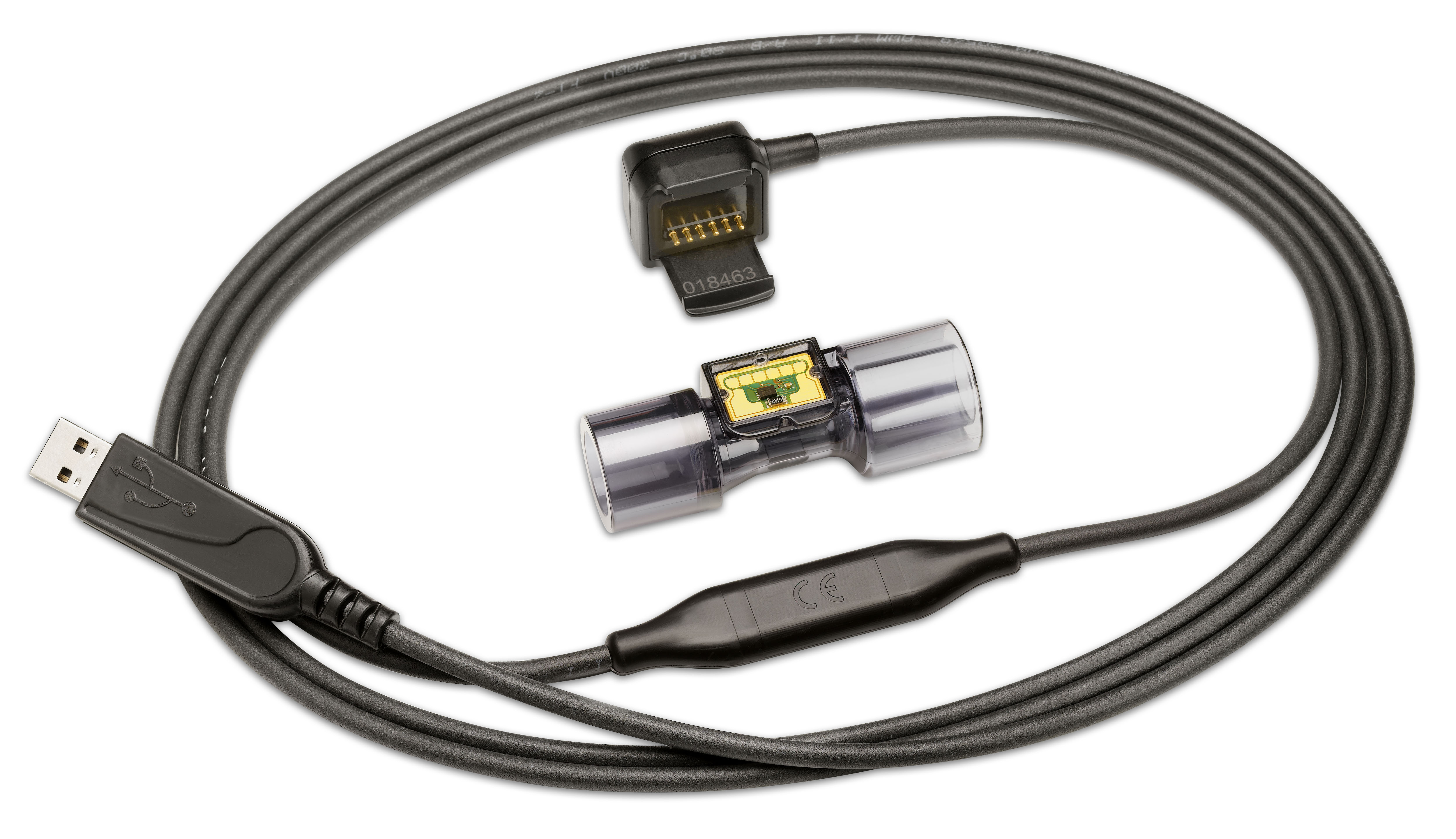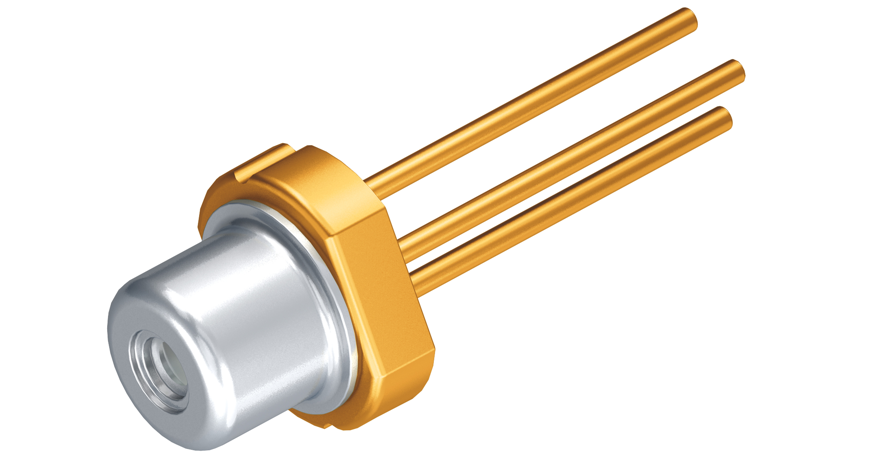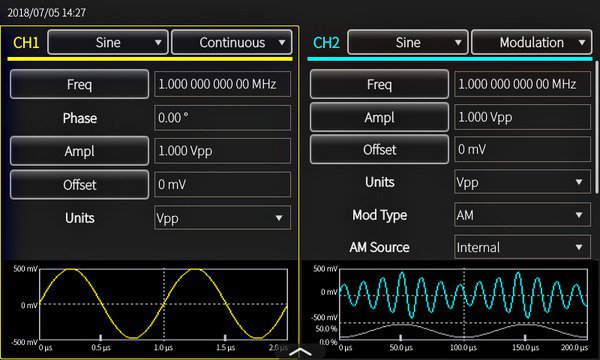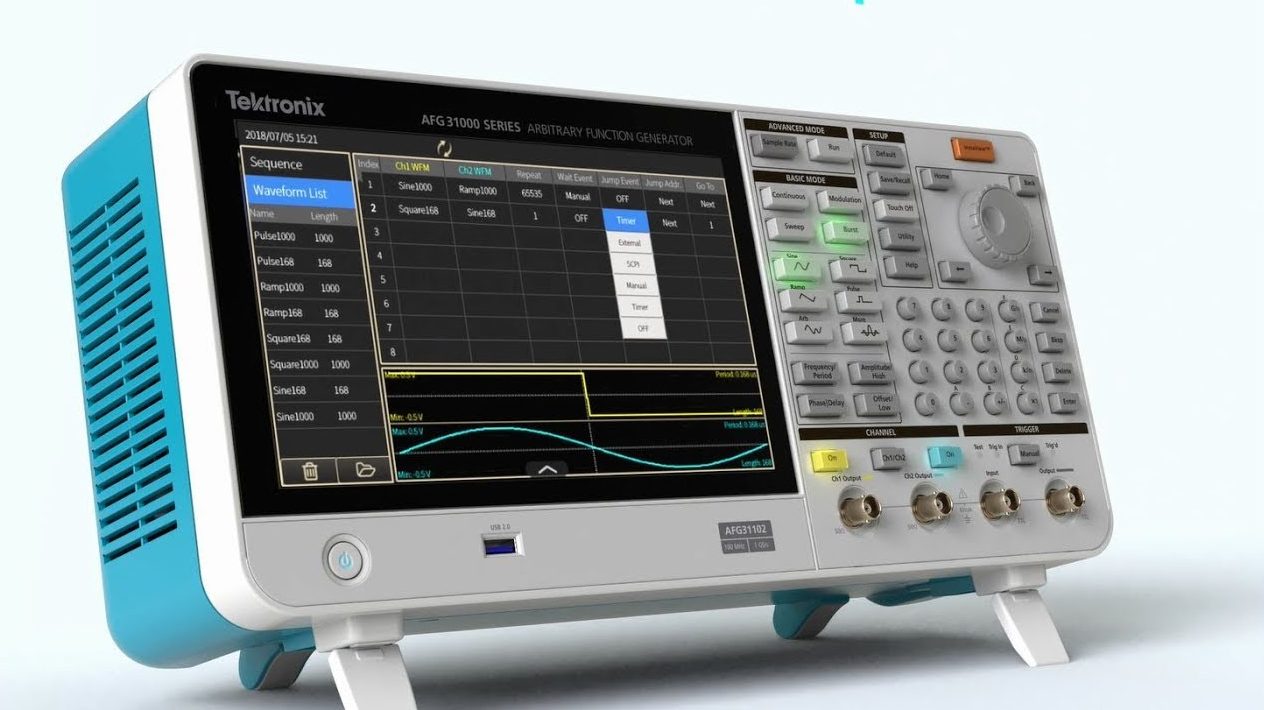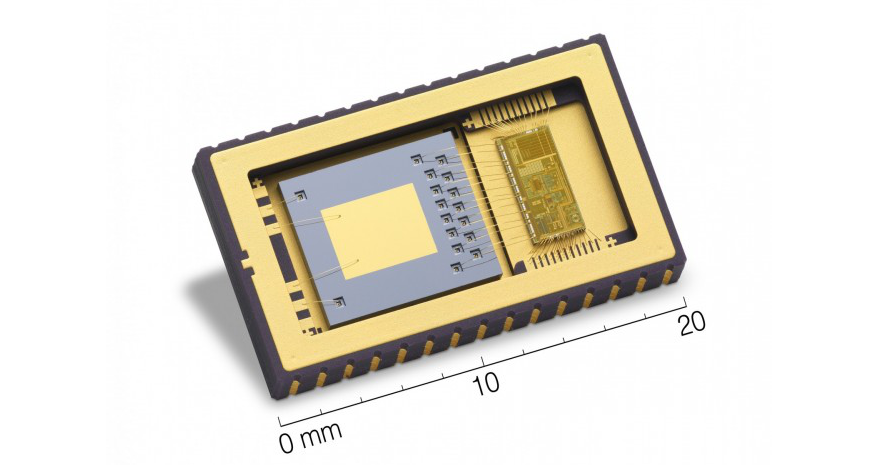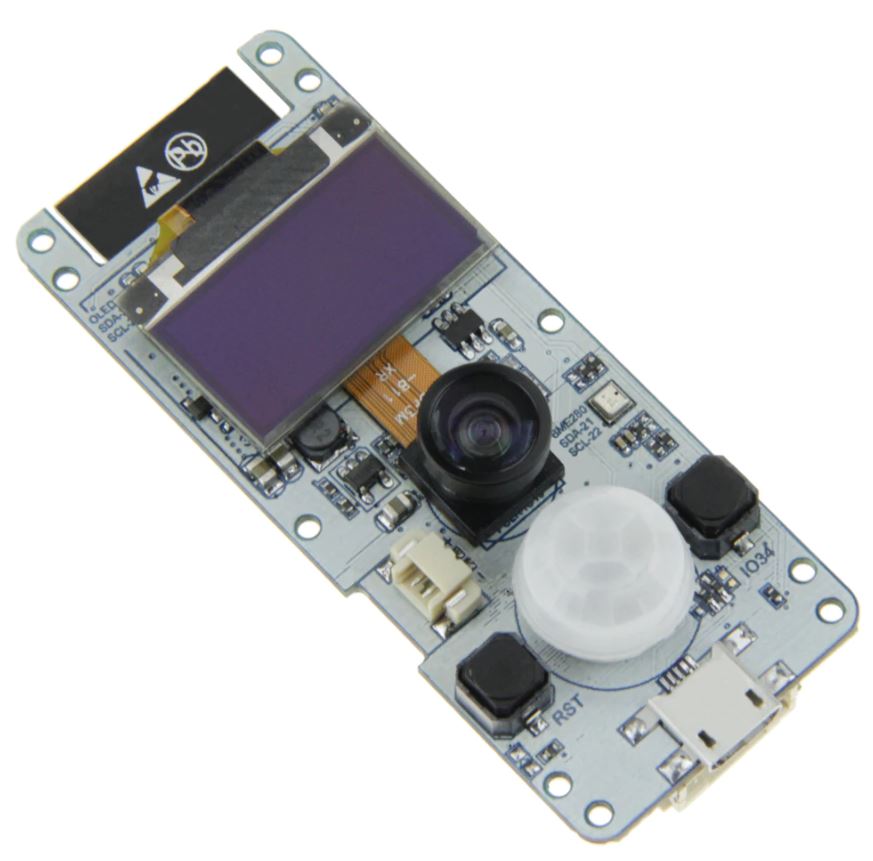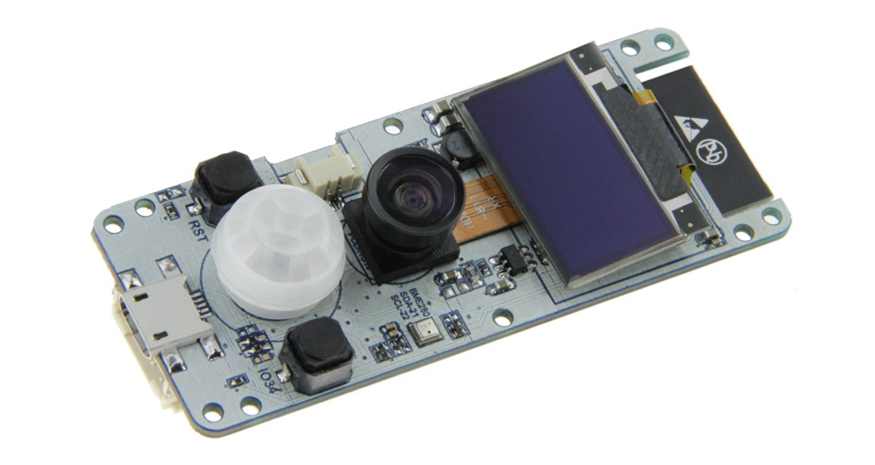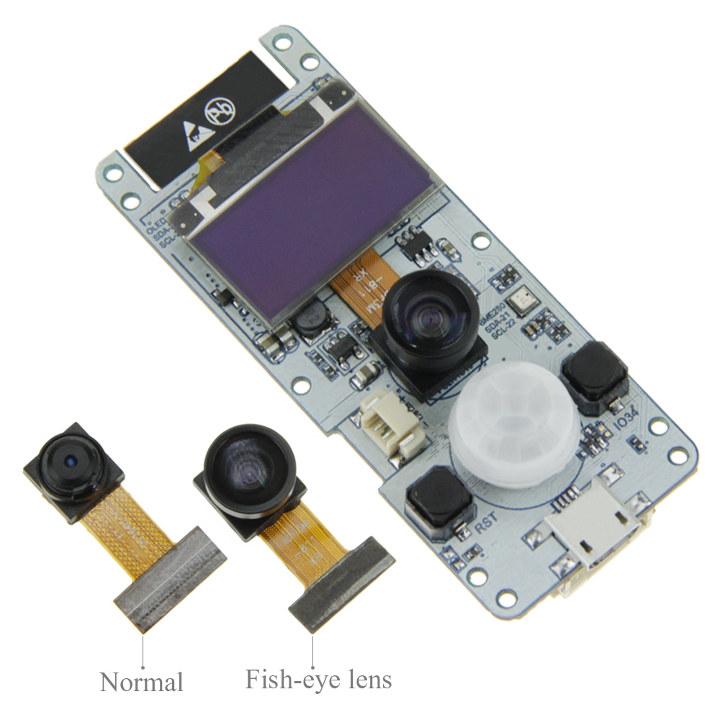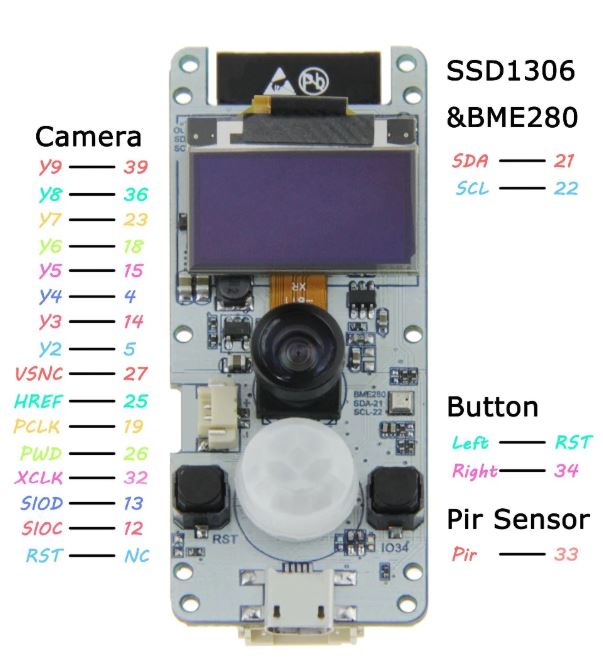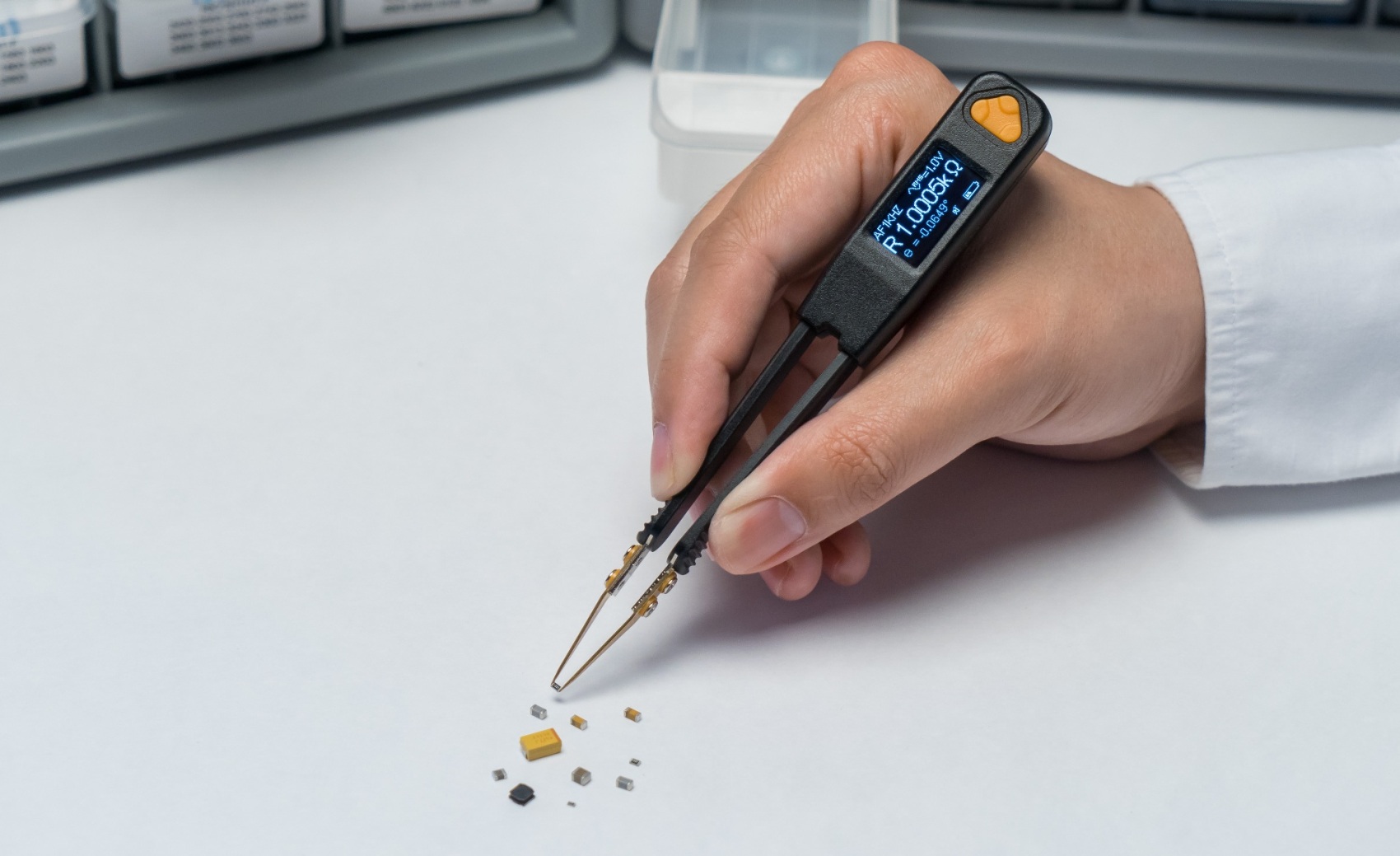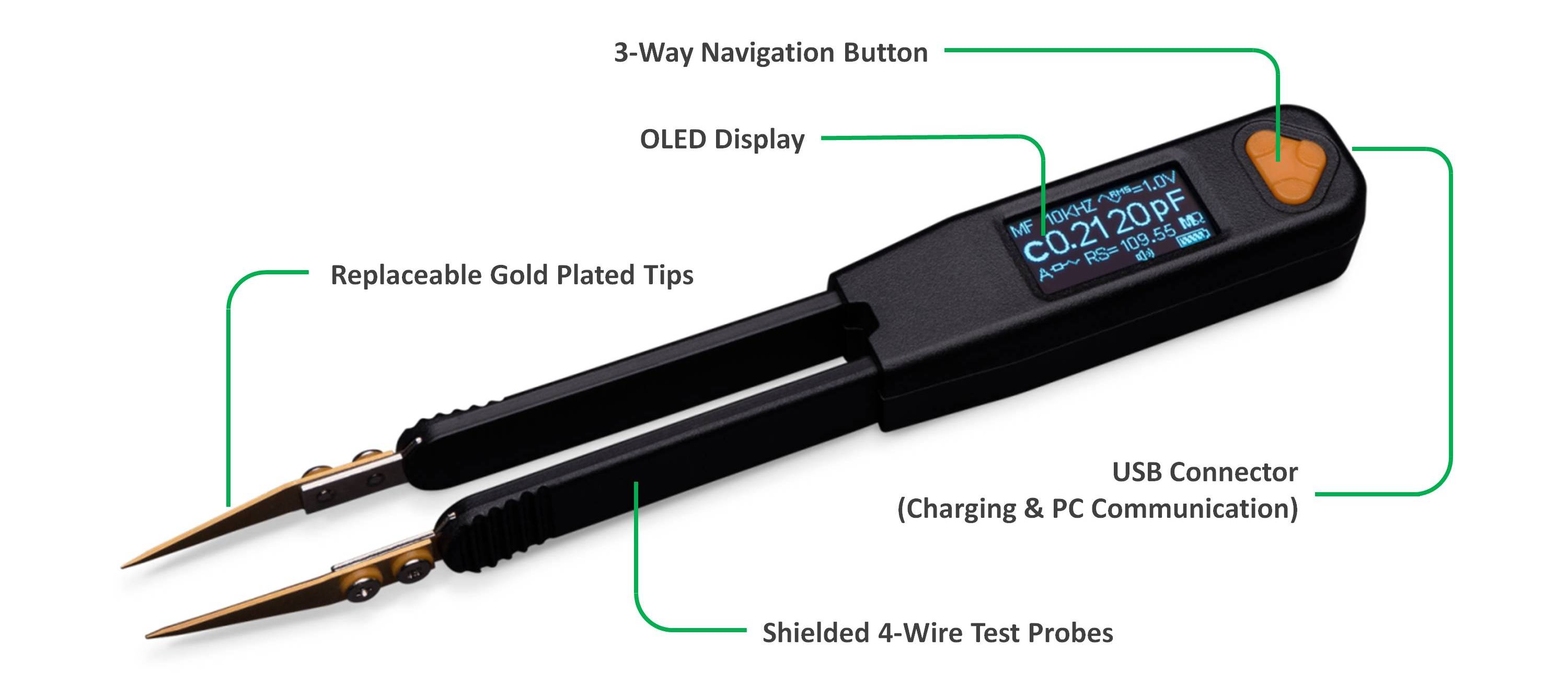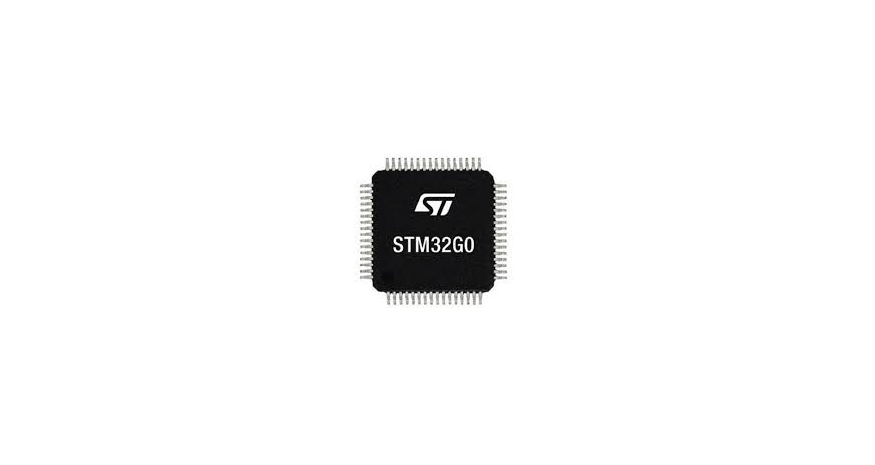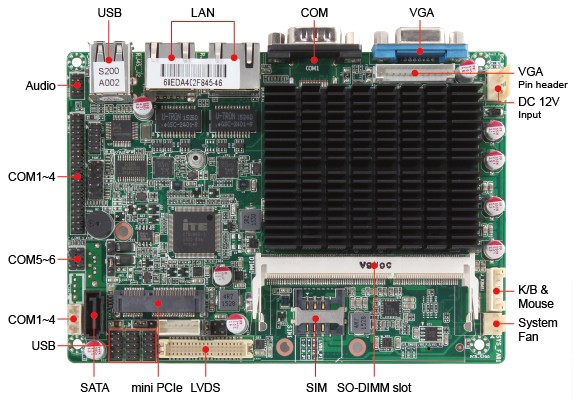The Calypso Wi-Fi Module is offered in 19 × 27.5 × 4 mm dimensions and can be operated in -40 to +85°C temperature range. It supports IPv4, IPv6 and common network applications like SNTP, DHCP, MQTT, mDNS, and HTTP(S). The module features AT command interface that enables easy expansion of an embedded system. It comes with an on board antenna and tin-plated edges that allow module to be manually soldered for prototyping.
Würth Elektronik eiSos offers the Calypso Wi-Fi module – a compact, fully integrated wireless module for embedded systems in industrial applications. The module is Wi-Fi certified which ensures industry-agreed standards for interoperability, security, and a range of application specific protocols.
The module, based on the IEEE-802.11-b/g/n standard, has its own antenna on board, but, thanks to “smart antenna selection”, can be optionally operated with an external antenna. The tin-plated edges enable the module to be manually soldered for quick prototyping, as well as AOI in series production. Calypso comes with an integrated TCP/IP stack and supports IPv4, IPv6 and common network applications, such as SNTP, DHCP, MQTT, mDNS, and HTTP(S). As an alternative to the standard firmware, the customer can select their own firmware, which is uploaded during manufacturing – thus obtaining a customized wireless solution for immediate use.
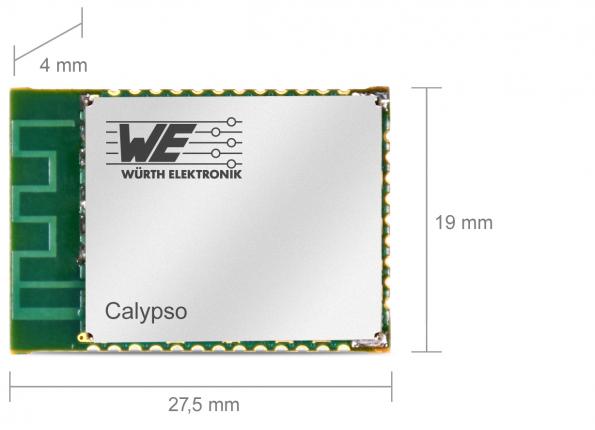
The AT command interface enables quick and easy expansion of an embedded system to incorporate a Wi-Fi interface. In order to adequately address security issues in industrial Internet-of-Things applications, Würth Elektronik eiSos equipped the Wi-Fi module with six simultaneous secure sockets, secure boot, secure storage and secure OTA firmware updates. The module, with dimensions of just 19 × 27.5 × 4 mm, is designed for operating temperatures of -40 to +85°C and has a low power operating mode for battery operated devices. Calypso is pre-certified to save the user development time and costs. Wi-Fi module is available from stock. Samples and evaluation boards can be requested at short notice.
Introduction Video
Specifications
- Fully featured standalone Wi-Fi module
- IEEE 802.11 b/g/n, 2.4 GHz
- Small form factor: 19 x 27,5 x 4 mm
- Industrial temperature range: -40 °C – +85°C
- Sleep current <10 μA
- Extreme highspeed UART up to 3 Mbps
- Output power +18 dBm peak (1DSSS)
- Sensitivity -92 dBm (1DSSS, 8% PER)
- Smart antenna configuration (2-in-1 Module)
- Low power operation to support battery operated applications
- On board TCP/IP protocol stack supporting IPv4 and IPv6
- 16 simultaneous transport layers sockets including up to 6 secure (SSL/TLS) sockets
more information: katalog.we-online.de



